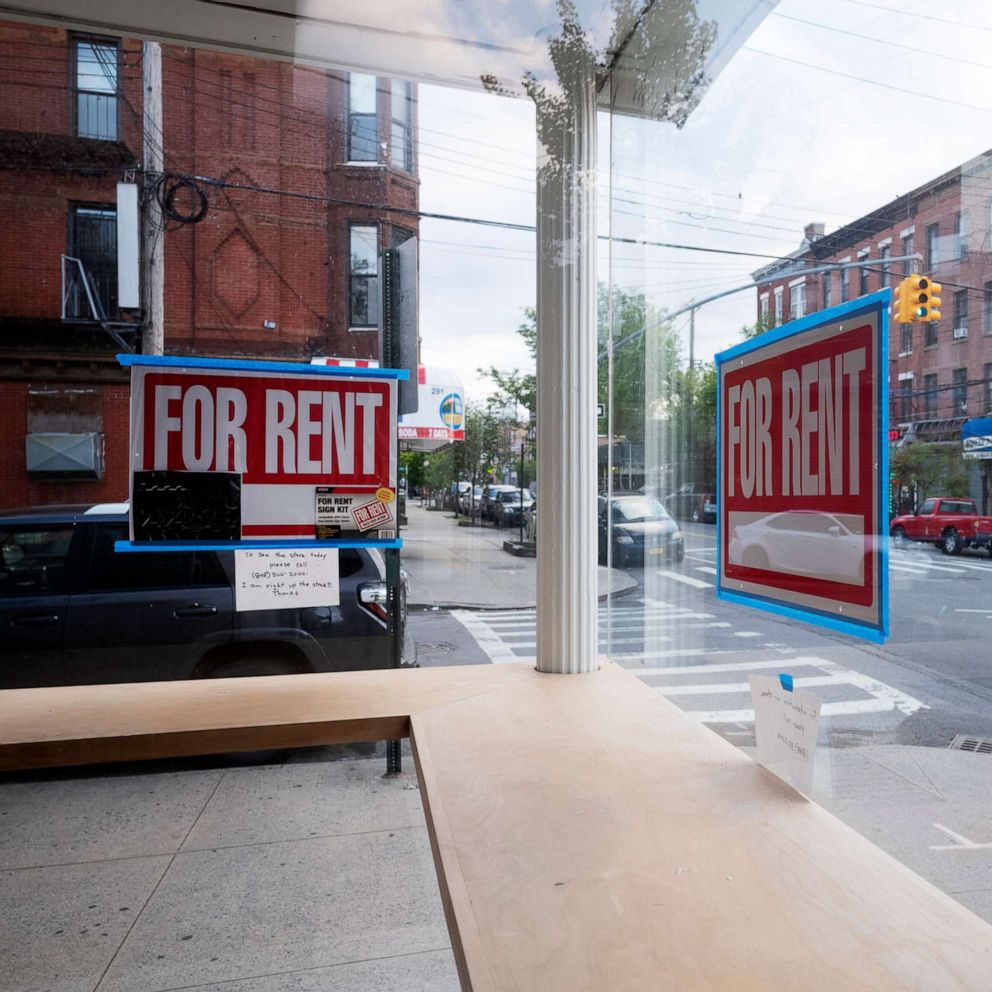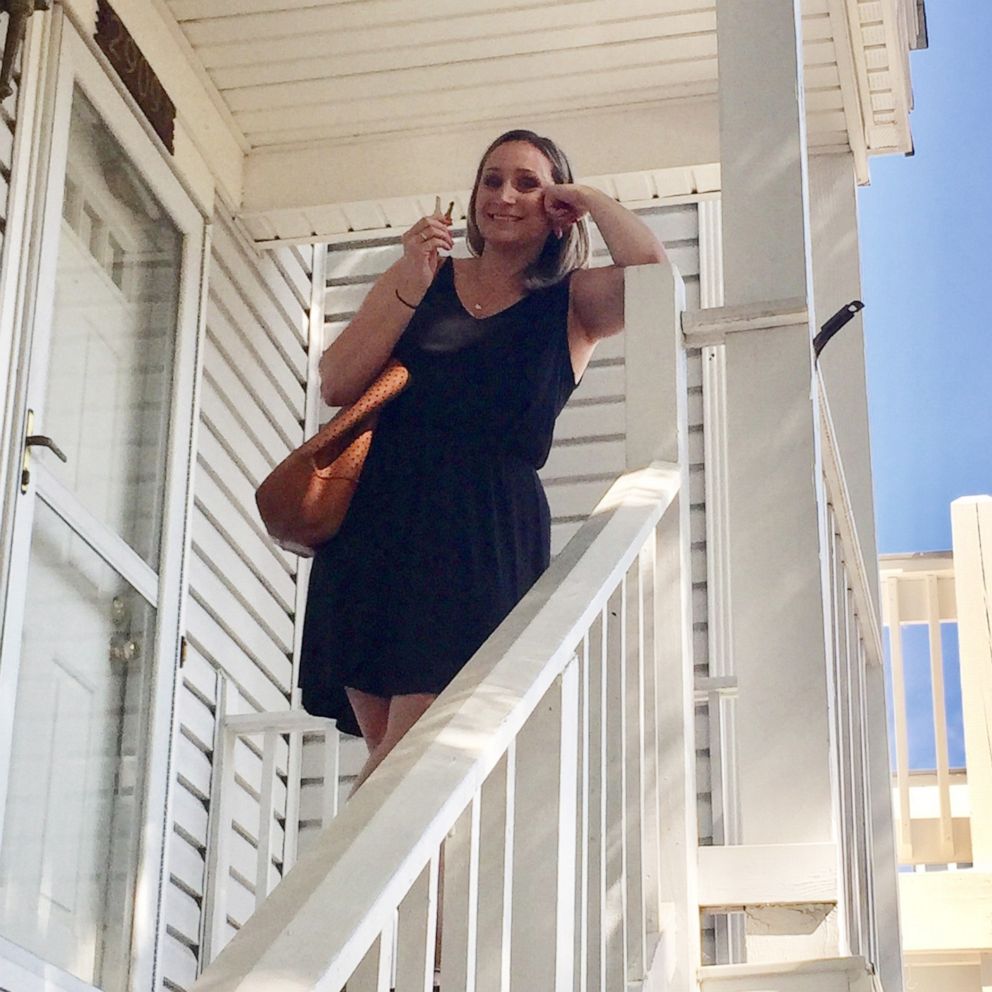COVID-19 spurred a new home-buying frenzy, but is it becoming harder to find a new home?
Becky Wood had lived in New York City for almost 10 years when she packed her two young children, two suitcases and their cat into her car in June.
Having spent the last three months -- the brunt of the COVID-19 pandemic -- in a 900-square-foot Manhattan apartment, she was leaving the city for greener pastures: Chattanooga, Tennessee.
“I grew up in the Chattanooga metro [area] and I didn't really intend to be in New York for more than a couple of years. But, I feel like that’s the transience of New York City, right? You go for a year or two, and then 10 years and two children later, you still find yourself there. And so, I think that the pandemic was an opportunity to really evaluate everything,” said Wood, 36. “[We left] not really sure when we would return and here we are: on a plan to not return.”
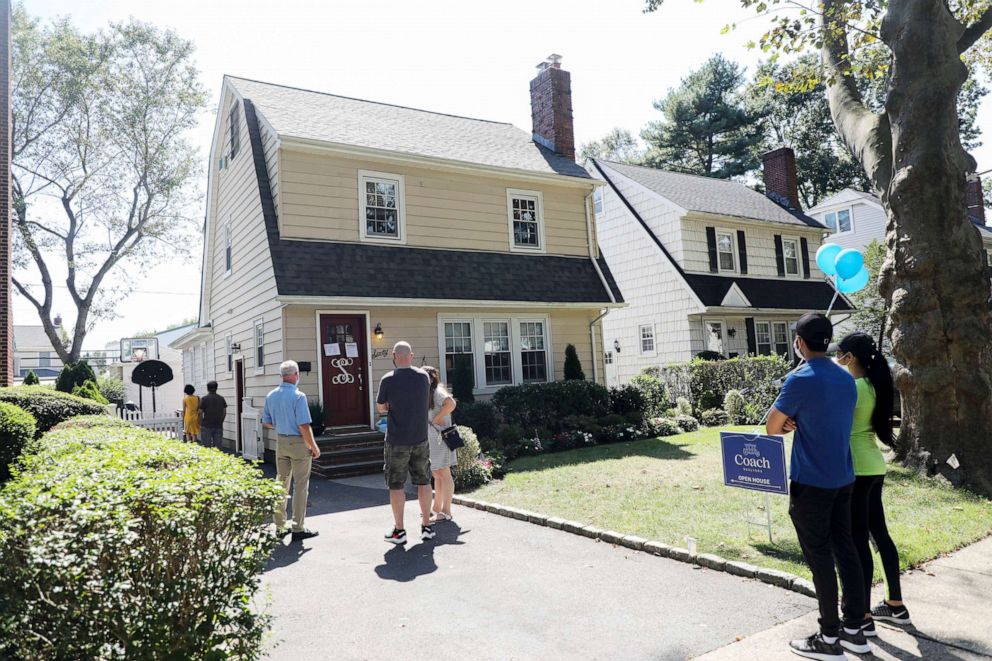
Although she’s a nurse practitioner for a hospital based in Manhattan, Wood has found a way to work completely remotely from her new home in the Chattanooga area. The home, which is now under contract, is much larger at 3,000 square feet.
“I took my kids to see this house that we're aiming to buy and my son, who's 6, he was, running around like a maniac and just kind of getting a look at the space, and he was like, ‘Mommy, this house has four potties.’ It just blew his mind,” said Wood.
Jake Kellerhals, the lead agent for Keller-Williams Realty in Chattanooga, helped Wood find her family’s new home. He said Wood’s story echoed similar trends he’d seen across the local market.
“People will move, and move here, for different reasons, of course, because of this [pandemic]... Affordability, I think comes into play, and now, [prospective buyers] feel like they have a little more mobility, because their job has gone virtual,” said Kellerhals. “I’ve got somebody from California who’s like, ‘Why am I paying these taxes and [living in] all the smog, when I can come to Tennessee, which has no state income tax.’”
Kellerhals also noted that although people are looking to buy homes, there are less people selling their homes to meet that demand. On top of that, construction on new homes has been slowed or stopped due to COVID-19.
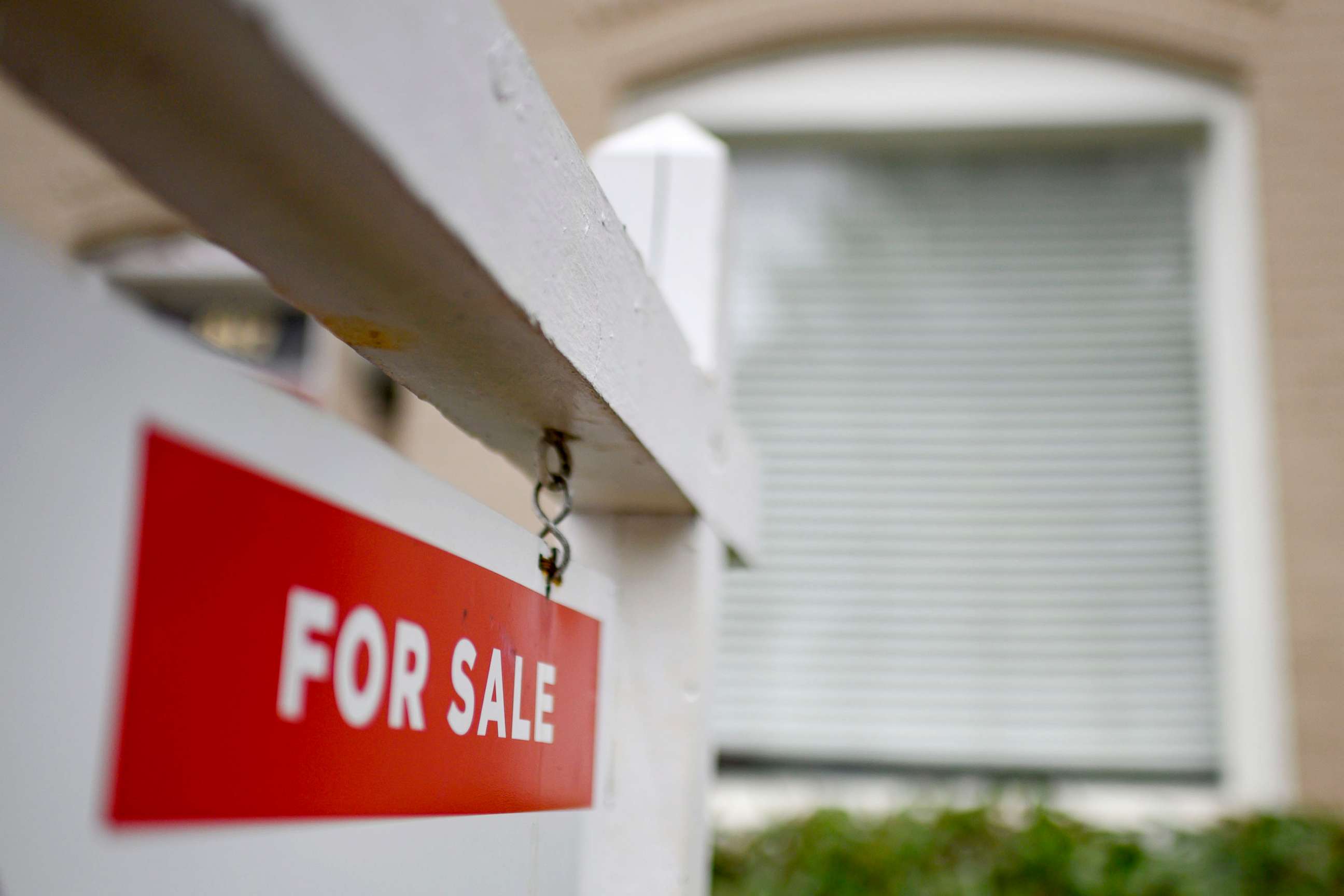
“You [used to] order windows and have them back in three to four weeks, but we’re out eight to 10 weeks now. Appliances are like, ‘Good luck,’” said Kellerhals, who added that the delay is due to manufacturers working at half-capacity to comply with virus safety protocols.
The upticked demand from buyers looking to move into a new home and the lack of a supply of homes for sale is creating what’s known as a “seller’s market” in Kellerhals’ area and across the country in other cities.
“I guess the indications that I look for in a seller’s market are really low inventory,” said Jeff Tucker, an economist for the real estate website Zillow. “Our main takeaway is that prices are rising pretty quickly now and that seems to be driven by this shortage of available homes.”
Tucker said that available listings on Zillow are down about 29% from where they were at this time last year, which is “unprecedented.”
Two-thirds of Zillow’s homebuyers are millennials, according to a report done by the company in September. Tucker said it could be a combination of the pandemic, the prospect of long-term remote work and falling mortgage rates that may be catalyzing decisions to buy homes.
The number of applications to buy homes over the last 19 weeks have been higher than at the same time last year, according to the Mortgage Bankers Association Weekly Application Survey.
The latest release from the MBA showed applications to buy homes for the week of Sept. 25 were up 22% from the same week in 2019.
Another element driving home buying right now is coming from the Federal Reserve, which slashed its benchmark interest rate to near zero in March when the pandemic first began in the U.S. It announced in September that interest rates will likely remain near zero over the next few years until the labor market fully recovers and inflation reaches 2% “and is on track to moderately exceed 2% for some time.”
Even during an ongoing pandemic and economic recession, there is still a demand to buy homes.
BethAnn Long is a realtor for ReMax in Spokane, Washington, one of the first states to be hit by the pandemic this spring.
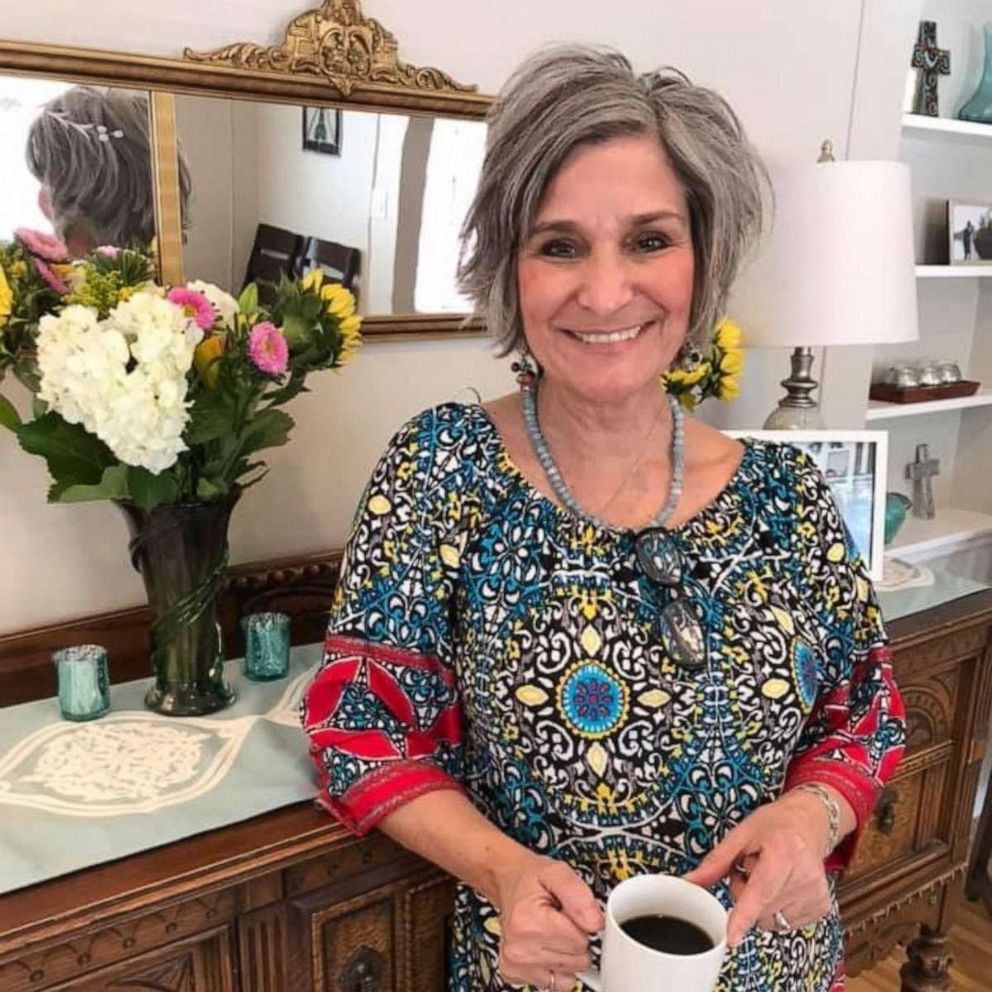
She said people are leaving expensive West Coast cities like San Francisco and Seattle for small cities like Spokane, but that only a fraction of the homes needed to meet that demand are on the market.
“There’s only 534 houses for sale in our city and that’s about 20% to 25% of what we need. We'd like to see a couple thousand houses for sale to meet the demand,” said Long, who has been a realtor in the area for 19 years.
Long said she’s sold a number of homes completely remotely this year.
“We’ve got a number of people who have purchased homes and never even seen them because they didn’t want to do the travel,” said Long.
The Temple family was among those who bought a new home sight-unseen. Sofia Temple, 24, said her family was looking to move to Spokane from Boise, Idaho, in April. At the time, she was 24 weeks pregnant and didn’t want to take the risk of traveling amid a pandemic.
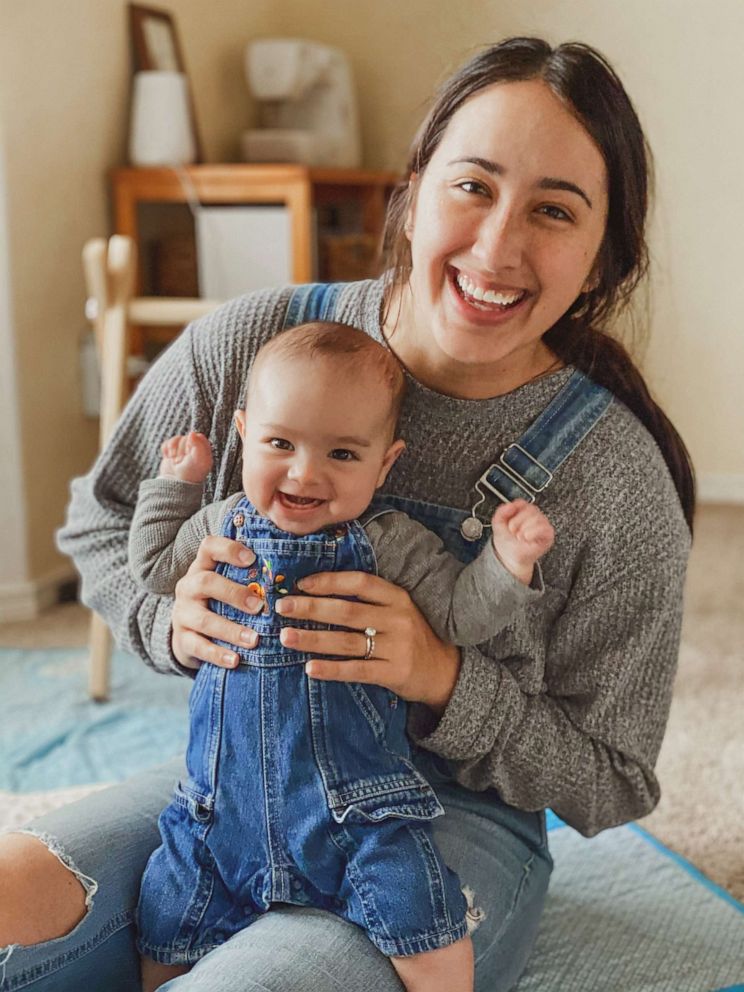
“My husband is in the military, so [moving] wasn’t really up to us, but we were really excited,” said Temple, who worked with Long to find a home.
“[Long] was super helpful. I mean, one of the big things with shopping remotely for a house was we wanted to make sure we had a realtor we really trusted. We’ve had a lot of faith in her,” said Temple, who added that she appreciated Long’s “brutal honesty” while house hunting on her behalf.
Temple said she used FaceTime, neighborhood Facebook groups and Google Maps Street View to find the perfect home.
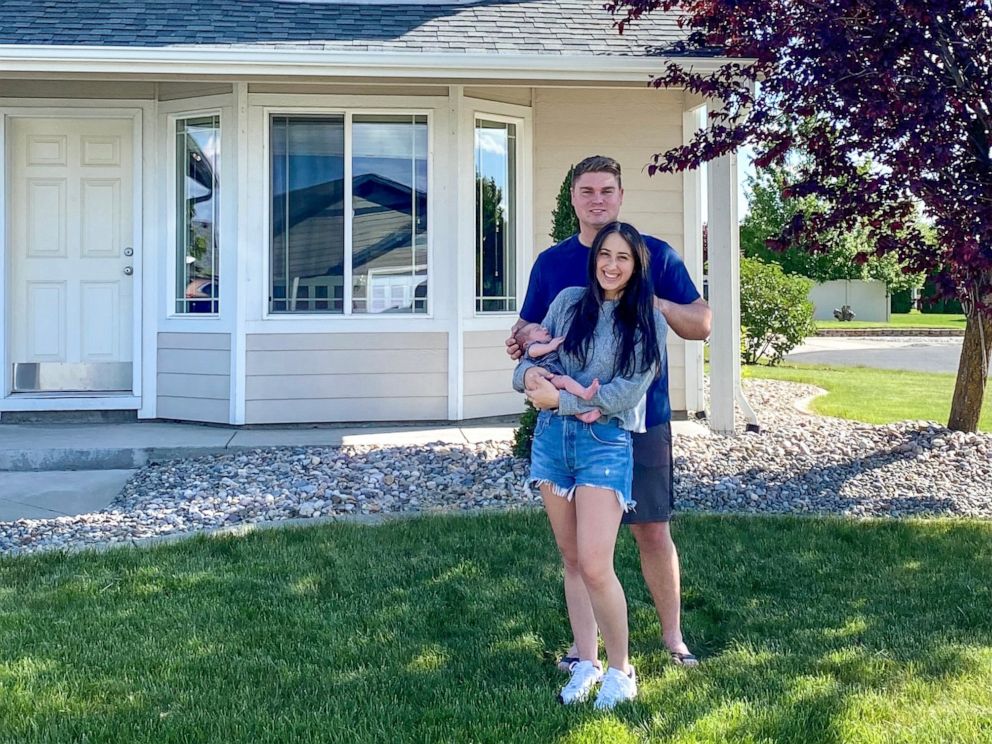
“I would actually go on Google Maps and type in the address and use Street View to literally ‘walk’ up and down the street and through the neighborhood to see what else was around. I felt like that actually gave me a really good idea of the neighborhood,” said Temple.
The Temple family moved to Spokane in the first week of July, two weeks after her son was born. Despite never stepping foot in the house, she said they could not be happier with the new home.
“It’s in a great neighborhood,” she said. “It’s very cozy. It’s the perfect spot for our growing family.”

